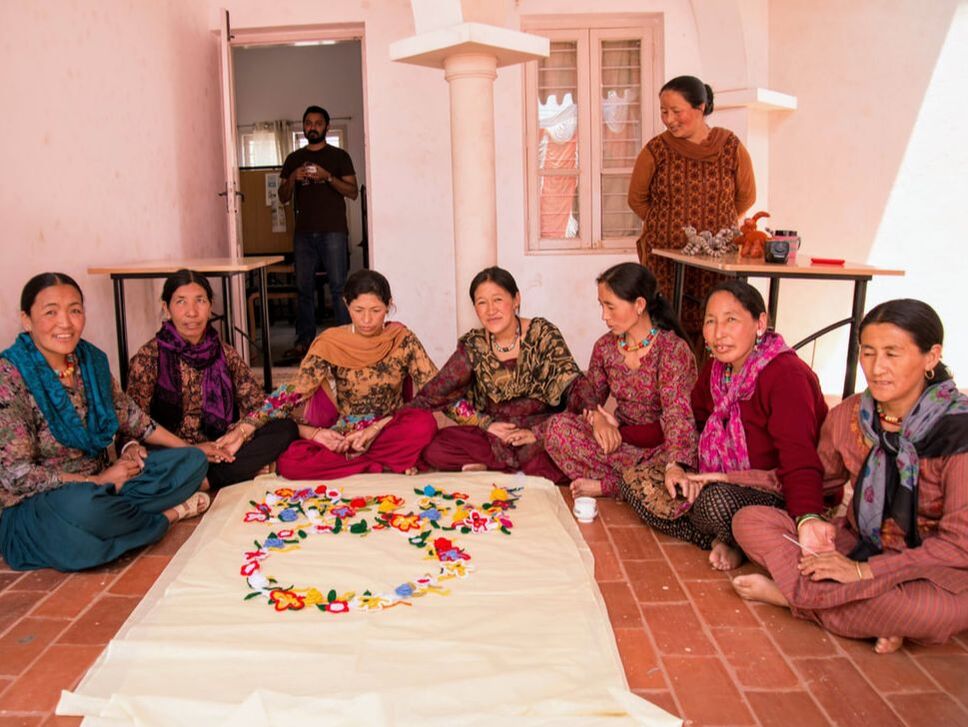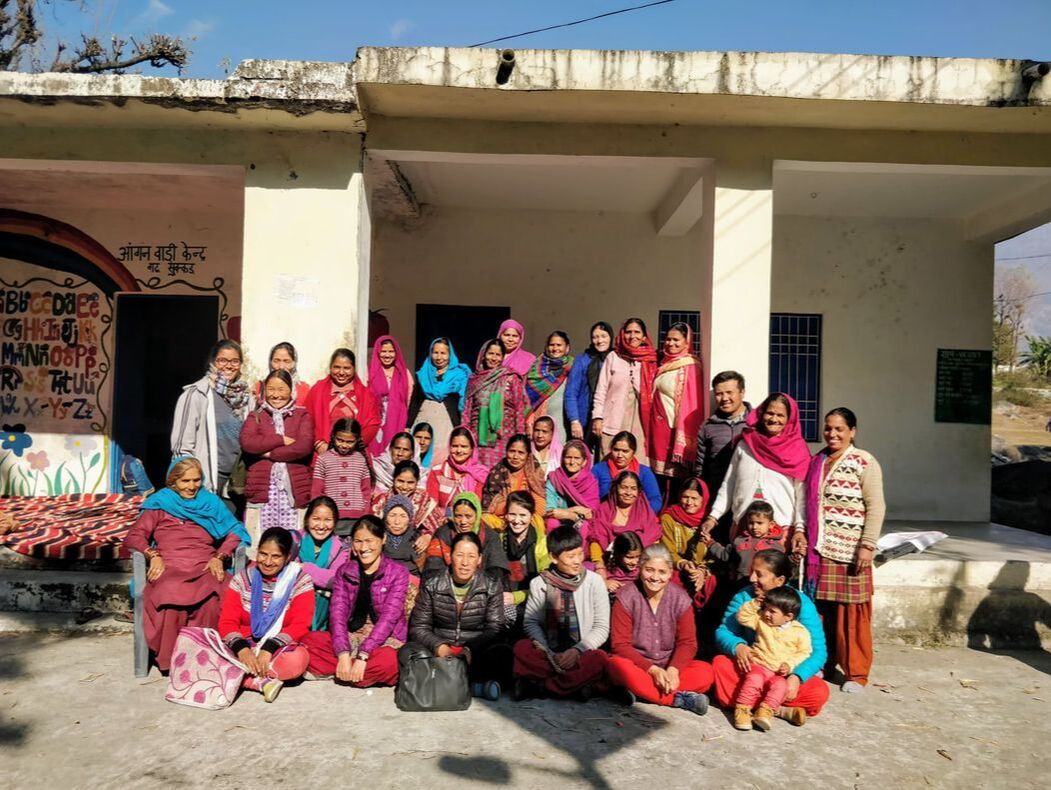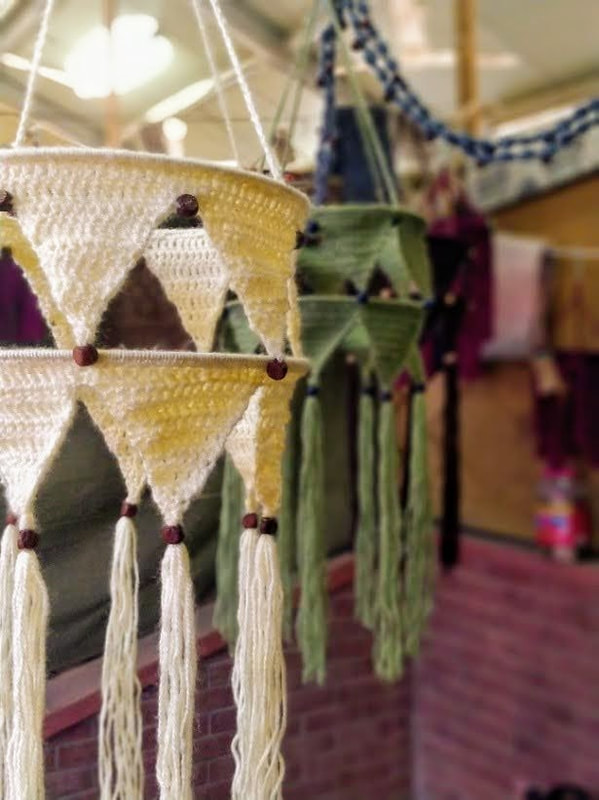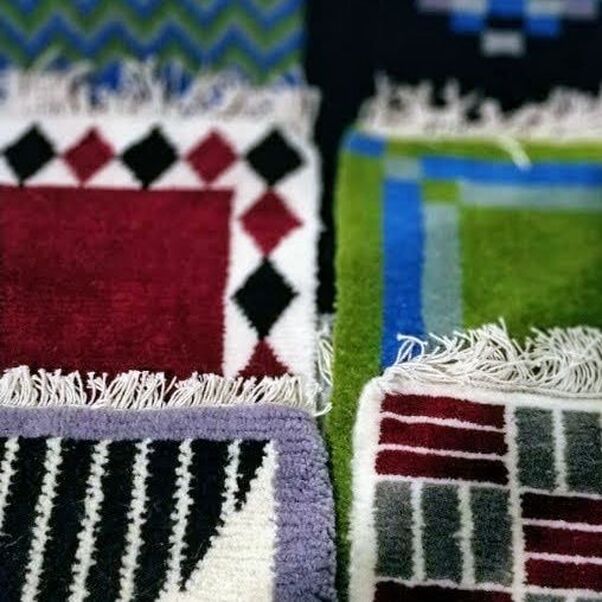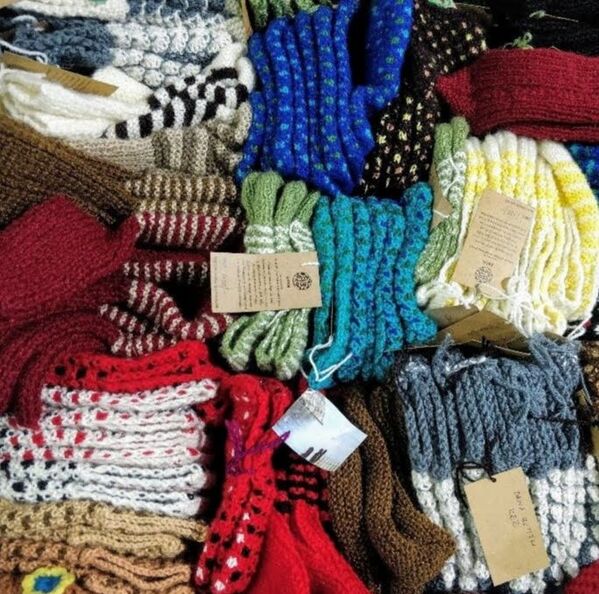Conservation – a By-Product of an Empathic Intervention
By
Preety Sharma
Conservation efforts have been guilty of being carried out in isolation for the longest time, forgetting that the ecosystem also consists of evolved human dimensions such as social norms, economic needs, and aspirations. SHEN is a conservation project based in Spiti Valley that aims to motivate the women of the region towards Snow Leopard conservation while keeping human needs at the centre of its operation. The nature of the conflict between the wildlife and the women is complex; especially when it negatively affects their socio-economic responsibilities. A study carried out by the team at Nature Conservation Foundation highlighted that the women of Spiti valley had a poorer attitude towards the wildlife than the men. This can be attributed to the increased non-monetary costs to the women such as the stress of working long hours and fear for their livestock and children. So, proposing that a community share this difficult landscape with wildlife without retaliation meant imposing these social and psychological costs along with monetary losses, especially for the women.
The household in Spiti, like most other mountain communities is highly dependent on the woman who takes charge of cooking, cleaning, carrying water, prepping dry toilets, working in the field and rearing livestock amongst the many other responsibilities. It is safe to say that women are the pillars of a Spitian household. The Spiti winters at subzero temperatures are devoid of agriculture practices but still gives little relief to the women of the community. During this time, livestock rearing and winter survival chores take over most of their time. Since winter is also when Snow Leopards, Wolves and other wild animals are at their peak predator mode, it inevitably creates added pressure on the women to be vigilant of any killings. They start with securing the boundaries of their homes and barns with coral and kachha fences and timely herding their cattle and flock inside their homes at night. And even with such vigilance, there have been killings and encounters with the wild predators that have resulted in irreversible losses thereby increasing hostility against the wildlife of the landscape.
At the beginning of 2017, I visited Kibber for the first time to understand the status of the project and the women’s perception of conservation. With great enthusiasm and an agenda in place for the meeting, I waited for the women to gather at the NCF base camp. I was greeted with much warmth and respect by the community and soon the meeting turned into a fun gathering. Much to my surprise very little was spoken about the project and especially conservation. We met again the next evening for another gathering which now included local songs, dance and alcohol; the camaraderie that winter evening was unparalleled. After having conversed with most of the women and other community members that evening, I realized that the winter months were spent in community-wide cultural and religious activities. After the tremendously physical and time-consuming agricultural practices of the summer months, the winters were the time for rejoice and rest. This meant my initial agenda of initiating heavy-handed meetings on conservation and the project operations thereby burdening the women fell flat. But this experience proved the need to understand the deeper nuances of the community’s behaviour and socio-economic perception to create an empathetic environment for the project. This activity also perhaps exposed SHEN as a project that was probably looked at as a leisurely activity during the winters. It needed to win over the women and make its impact relevant to them as well.
It was important for the team to reverse engineer and work at the cause of the conflict, monetary and non-monetary loss. It was also important to engage the women community at some point because of their low participation in conservation efforts since the beginning. SHEN was incepted with these missions and culminated into an enterprise project that worked towards mitigating monetary loss due to depredation and giving them the decision-making role in the conservation of the wildlife in their region. These ideas were discussed and implemented for the first time through the collective efforts of women from the village of Kibber in 2013.
The women of Kibber created a self-help group called Ama Chokspa and organically decided to sell handmade knitted products through SHEN to mitigate their monetary loss. Instead of direct incentive for conservation efforts, the idea of market-based incentive proved to be a confidence booster for the women and engaged them fruitfully during the winter months from the comfort of their homes. This enterprise is tied to conservation through a conservation bonus that the women receive every year for their yearly conservation efforts. The guidelines of the conservation efforts are developed by the women, documented, and adhered to through an informal pledge ritual during a yearly meeting of SHEN women in every village that participates. These conservation efforts are monitored by two volunteers from each village group and documented in a Conservation Diary maintained by them. At the enterprise level, this adds to the market value of the products sold, thereby making SHEN a Conservation Enterprise. Another important incentive of this project is that the women participate in exposure visits every winter to sell their product, talk about their conservation efforts and engage with similar groups of women learning and sharing their experiences.
SHEN’s model encourages consistent conservation efforts by working at the cause of hostility towards the wildlife, the women’s socio-economic loss resulting from the conflict. Thus, it was imperative to have a strong and empathic enterprise model in place to see conservation results. To achieve this, SHEN’s operations was made contingent on the availability of the women and their convenience. The production starts with training at the beginning of winter, right after the harvest season when the women are comparatively free. Every year designers engage with the women to up-skill them and teach newer techniques to improve their product portfolio. In the past years, the craft of these women has interested many organizations to place bulk orders and market the products as well, creating a steady flow of income for the group. SHEN tries to incorporate the local crafts and one of the other culturally important crafts the women engage in is weaving. Weaving carpets especially is an important part of spitian culture and the women are more often than not taught the craft by generations. Every household flaunts beautiful carpets gifted by in-laws or made by the women at their homes. The designers at SHEN also leveraged that skill and introduced products suitable for the urban market. It also gave way to other similar crafts like macrame. Today the women make thousands of products and sell through various channels like the Dastkar Mela and online collaborators like Pashoo Pakshee.
Since the beginning, SHEN has witnessed increased participation from other villages and has engaged 80 women from 6 different villages. Each woman roughly earns around 5-8 k per year with just one production cycle. In the year 2019 with consistent efforts on marketing and partnerships, the project broke even with its earnings and self-funded the exposure visits, conservation bonus, production costs and payments to the women. Such an enterprise model has given the project the trust and space to talk with women about conservation as possible inclusion in their everyday lives. The proof of concept lies in the conservation diary that is filled every year with events showing high tolerance by the women and instances of conservation dialogues with outsiders in the area.
Spending three long winters with the women of Spiti Valley shed light on the impact of SHEN like initiatives for empowerment. During the production phase, the women often used to stay up late or even carry their household work to the workshop or training to learn the techniques and hone their skills. The independence of earning even though a small amount and learning a new skill was unmissable for them. They could now save money to plan their personal expense and also use it as emergency funds. The confidence and purpose provided by SHEN to the women of Spiti Valley have been crucial in their empowerment. The exposure visits have played an important role in this and for most women have been the first time they traveled outside Spiti.
|
Kunduk was one such woman from the village of Chichm and even though she was pregnant at the time she did not back out from the 2 day travel to Delhi, just to be able to see her products being sold at the fair and a shop.
On the conservation front one of the most important incidents noted in the diary was how a SHEN woman, Chhering Dolma witnessed a Snow Leopard kill her livestock while patiently waiting for it to leave. Filled with fear and anxiety, Dolma sat inside her home peering through the window with no urge to harm the predator. One of the reasons for avoiding this conflict can be attributed to the compensation through NCF’s insurance program as well as the funds generated through SHEN that would come in handy in the loss. It was for the first time after SHEN was initiated in Spiti that the women also participated in the Nature Camp for children hosted by NCF. Over the years the conversation around wildlife and its importance to the people has become easier with SHEN and especially with the women community. |
SHEN proves to be a case for an interdisciplinary community-led conservation effort that can also be replicated in essence to other areas. The women in Spiti today have not only emerged as mainstream conservation practitioners but have a newer sense of confidence in themselves at the social level. Even after the pandemic, SHEN is still operational due to the belief of the women in the project. While the operations of such a project continue to be a challenge in a place like Spiti, the empathic nature of it opens avenues for deeper and more inclusive conversation than most other isolated efforts.
Acknowledgement: I would like to thank the women of Spiti Valley who showed immense love and trust in me during my three years in the project. I would also like to express deep gratitude to Kalzang Gurmet from Kibber for his patience and guidance in the project.
|
12/03/2022
|
Explore I Share
|
Preety Sharma |
She is a sustainability practitioner motivated towards an interdisciplinary approach to environmental issues. She have 8 years of experience of on-ground implementation and community-led interventions. |


